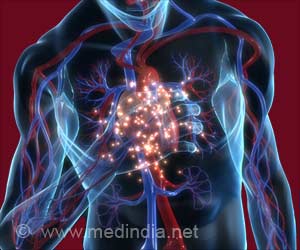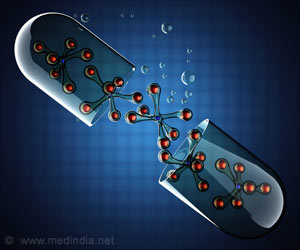In severe cases, MI can be accompanied by ruptures in the wall separating different parts of the heart, such as in the ventricular septum (a wall that separates the right ventricle that pumps deoxygenated blood to the lungs for oxygenation, from the left ventricle that pumps oxygenated blood to rest of the body) increases the chances of death.
‘New surgical technique, SurCOP heals the complications arising from heart attacks better.’
Researchers from The First Affiliated Hospital of Zhengzhou University and Capital Medical University in China worked on ventricular septum rupture (VSR) due to MI accompanied by life-threatening fluctuations in blood pressure, or hemodynamic instability (HI).
A study published in Chinese Medical Journal reports a new surgical technique devised by the researchers improved outcomes in patients suffering from VSR and HI due to MI .
Dr. Chao Liu (first author of the study) says, “We aimed to present a novel surgical repair technique that can be safely, feasibly, and effectively used in hemodynamically unstable patients with VSR in the acute phase” .
The novel surgical technique SurCOP – is a method, combining devices called an occluder and a patch. While the occluder is used to repair the hole in the heart, the patch (derived from biocompatible materials) is used to close it. This is an upgraded version of the conventionally used surgical method where only a simple patch is used.
The doctors then tested the improved technique on nine consenting patients with VSR-HI-MI and compared the outcomes to 54 others.
The results show that the procedure had an impressive 100% success rate. SurCOP achieved a promising 77.8% survival rate when a median follow-up time of 187 days were considered. None of the patients who underwent SurCOP developed VSR after the surgery.
SurCOP technique is a safe, easy-to-manipulate, and effective method that tackles the clinical problems posed by VSR-HI-MI.
We hope that we can receive feedback from surgeons who will attempt performing this alternative therapeutic technique and work together to improve the prognosis of patients with VSR.
Source: Medindia



